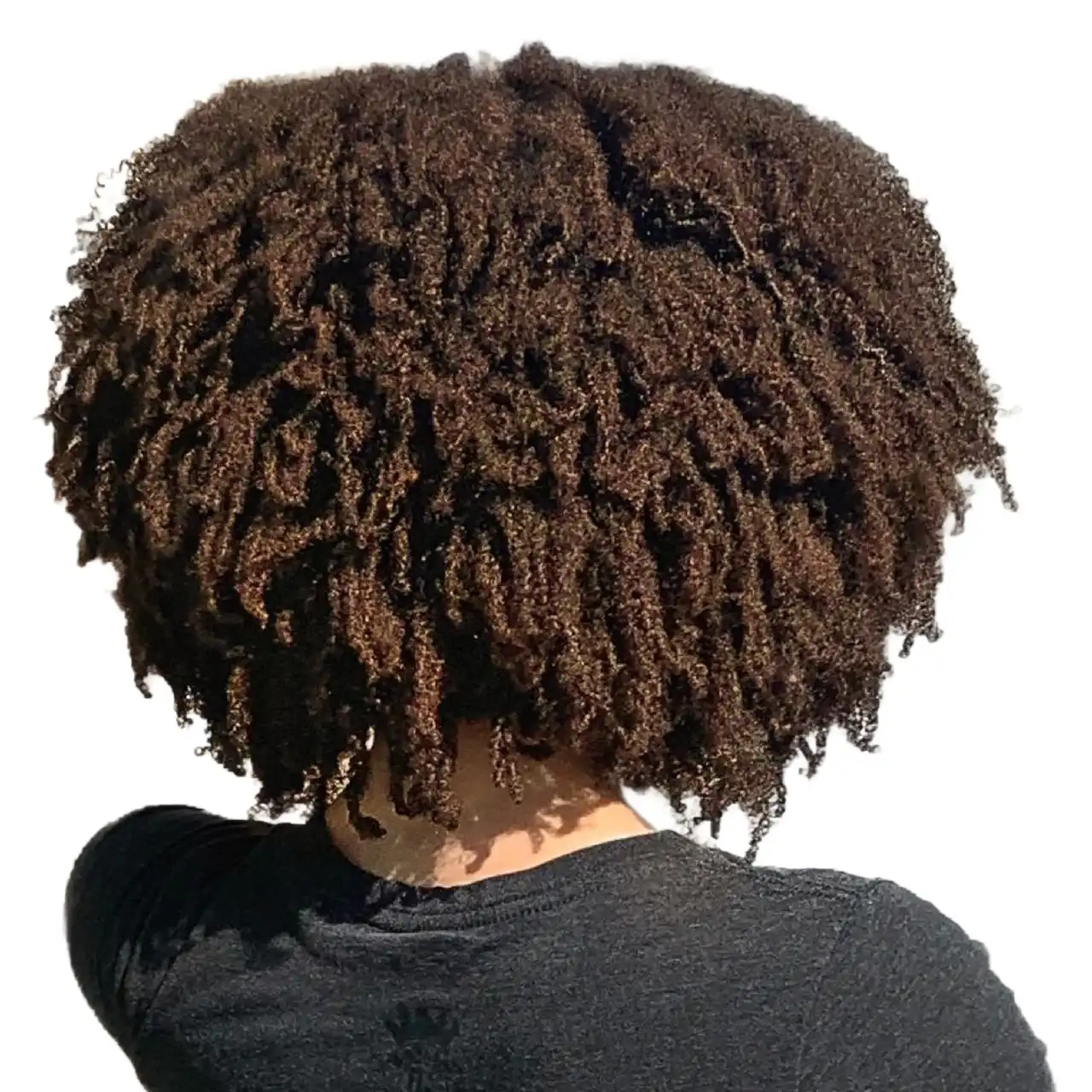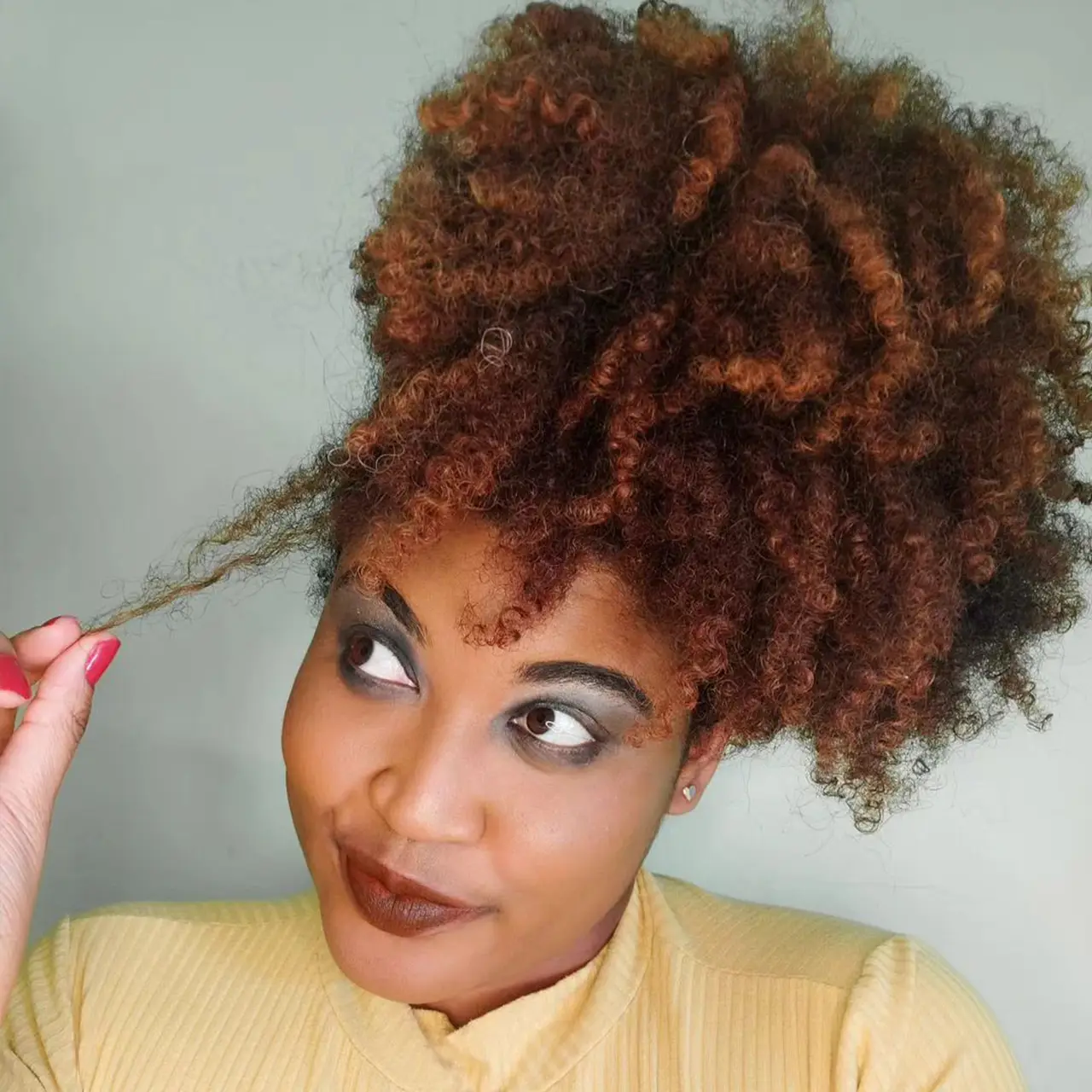Animal hair can be used to make wigs; in fact, some of the wigs you’ve come across are made of animal hair, you just haven’t noticed. Moreover, using animal hair for wigs has a very long history.

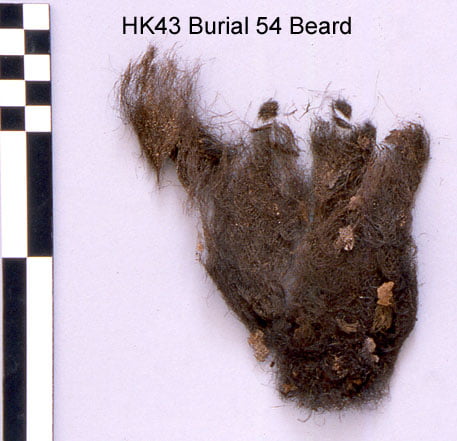
Wigs made from animal hair were discovered in the ancient Egyptian cemetery of Hierakonpolis, tomb HK43[1]. This cemetery dates back to around 3650-3500 BC, which is approximately 5500 years ago.
Hair Structure
Essentially, the cellular structure of animal hair is consistent with that of human hair. It is divided into three parts: the outer cuticle layer made up of scales, the inner cortex layer, and the central medulla layer. (Coarse hair fibers generally have all three layers, while fine hair fibers usually only have the cuticle and cortex layers, without the medulla.)
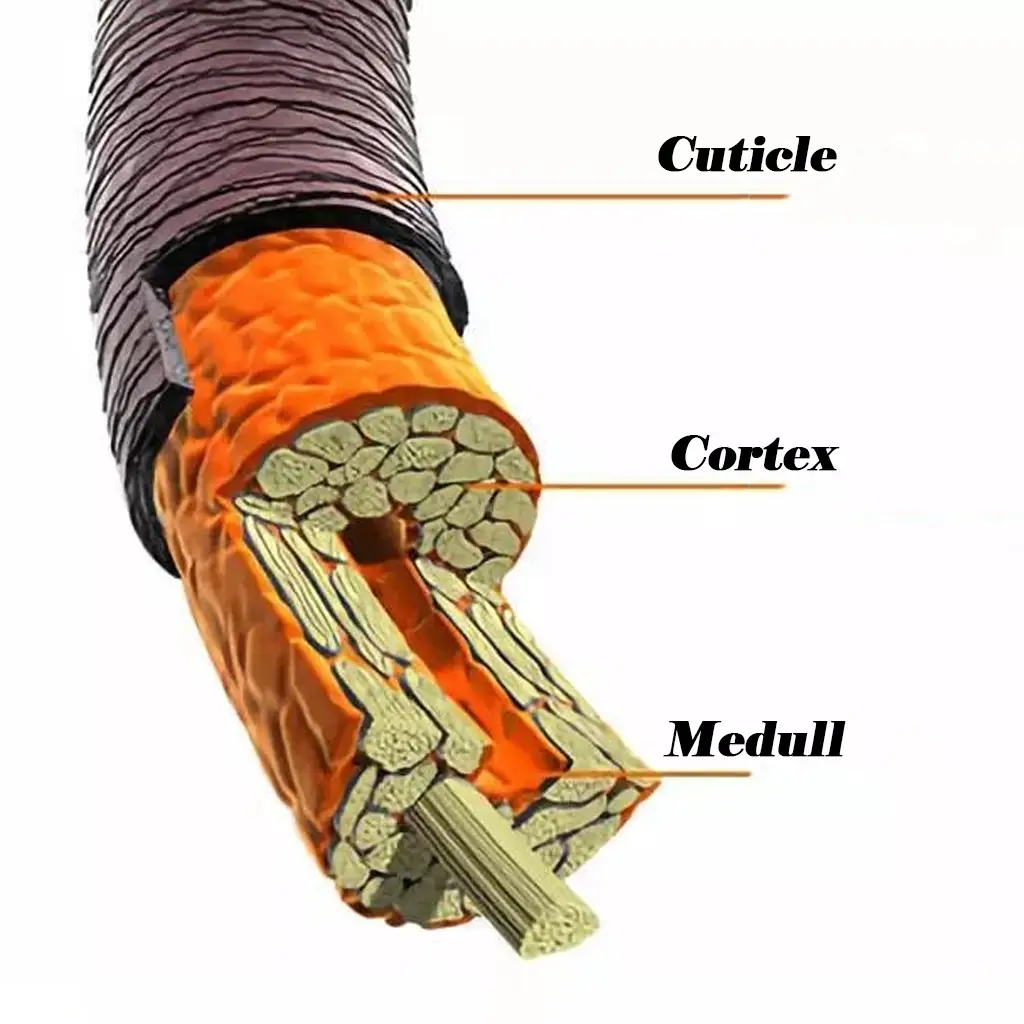
Cuticle layer: The outermost part of the hair shaft.
The cuticle layer is composed of flattened, keratinized cells. These thin, scale-like cells are arranged in a fish-scale-like overlapping pattern, covering the outer surface of the hair shaft. The base of the scales is attached to the hair shaft, and the tips extend outward from the hair shaft towards the tip. They protrude to varying degrees from the surface of the fiber and flare outward, forming a sloping, stepped structure.
Cortex layer: The main part of the hair shaft, and is located inside the cuticle layer.
It is the basic material that determines the physical and chemical properties of animal hair fibers. The cortex generally contains two types of cells: orthocortex cells, which are located on the outside of the fiber’s wave pattern; and paracortex cells, which are located on the inside of the wave pattern. These two types of cortical cells have different properties, which can affect the shape of the fiber’s curl.
Medulla: The central, opaque part of the hair shaft, and it is composed of medulla cells. Fine hair does not have a medulla.
The medulla is composed of loosely structured, air-filled keratin cells. The cells are not well connected to each other. The amount of medulla present depends on the type of hair. Fine hair does not have a medulla. Coarser hair may have a medulla that is present in a dotted, shallow, continuous, or discontinuous pattern. The width of the medulla also varies.
Types of animal hair used to make wigs
Animal hair used to make wigs must be long. The main animal hair used to make wigs in the market are Angora rabbit hair, yak hair, and horse hair.
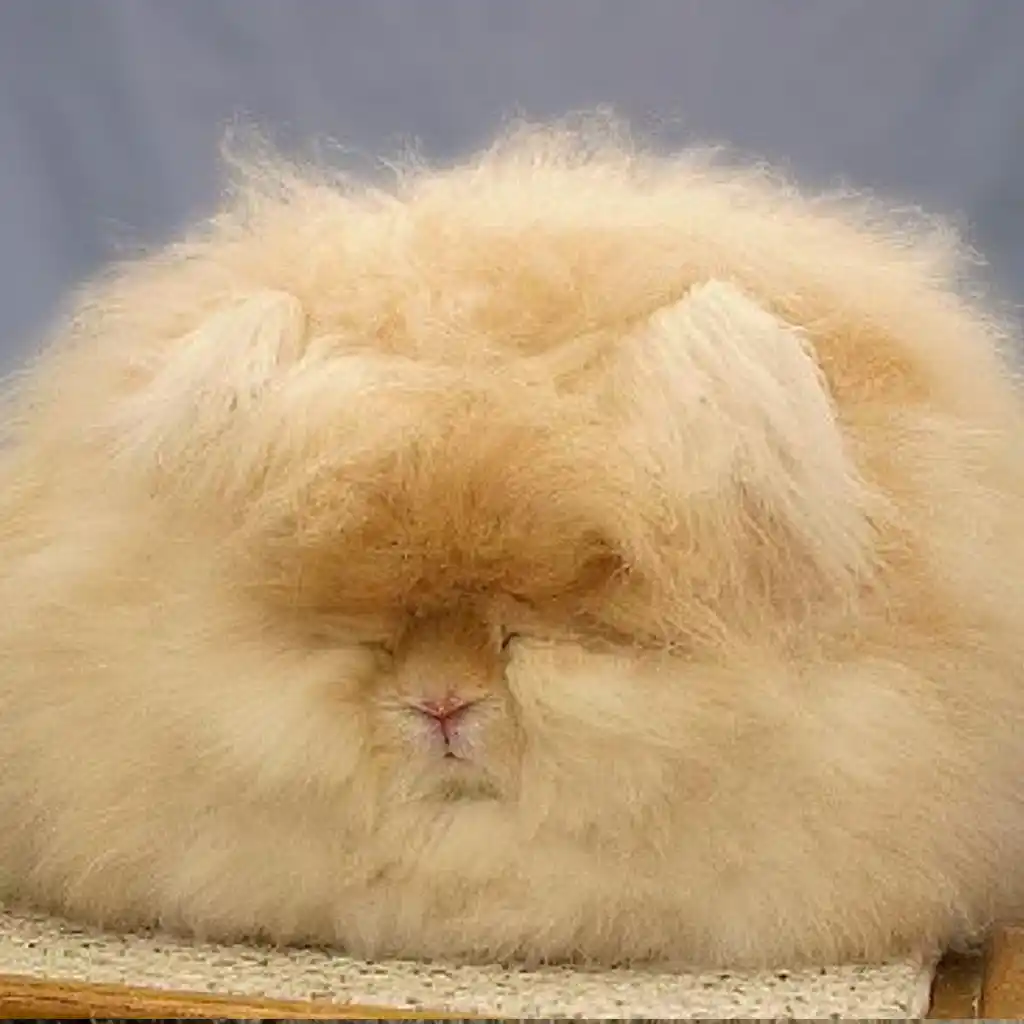
Angora Rabbit Hair
- Appearance: Fine and thin, with a length of 4-12 inches.
- Texture: Very delicate, soft, and silky.
- Drawbacks: Easy to knot and break, and has no elasticity.
- Application: Usually not used alone to make wigs, but mixed with other materials to improve performance. Or used to make beards or pubic hair wigs.

Yak Hair
- Appearance: Thick as human hair, with a length of 14-26 inches.
- Texture: Coarse, with no obvious curl pattern, with a strong texture. Even after straight hair processing, it will feel rough, which is advantageous for imitating the coarse hair texture of African ancestors.
- Advantages: The original unbleached hair can be dyed any color.
- Drawbacks: The hair is relatively coarse and easy to fluff up, making it difficult to maintain styling.
- Application: Suitable for wigs that require a rough hair texture, such as Santa Claus’s beard and eyebrows.

Horse Hair
- Origin: Horsetail
- Characteristics: The hair is very coarse, even coarser than the thickest human hair. The length can be above 32 inches (about 80 cm).
- Advantages: Low price, long length.
- Application: Suitable for making cosplay character wigs, but not suitable for everyday wear.
Yak hair is the most similar to human hair among the three animal hairs, especially suitable for YAKI hair. Therefore, some unscrupulous merchants in the market use this material in their human hair wigs to deceive consumers.
How to Distinguish Human Hair and Animal Hair Wig
Human hair and animal hair wigs can be easily distinguished by touch and observation in the sunlight. Spread your fingers apart and insert them into the wig to move back and forth, feeling the texture. Too soft or too hard are both problematic. Then observe in the sunlight. Animal hair often looks very fine or very coarse, and the texture is different from human hair.
You can also wash with hot water. After multiple washings, animal hair will gradually expose its original texture, making it easy to distinguish from human hair.
How to Avoid Buying Animal Hair Wigs
Animal hair wigs are not bad, but we should avoid unscrupulous merchants from counterfeiting human hair wigs.
- Check the label and product description: The labels on products from legal channels will have clear labels indicating the materials used.
- Ask the seller: Honest merchants will point out the real materials.
- Avoid buying human hair wigs at a low price: There are many low-priced human hair wigs on the market now, which is impossible in terms of cost (human hair is very expensive, also known as black gold).
- Observe and touch: Animal hair and human hair have different appearances and textures.
- Look for brands: Look for reputable stores and brands to buy wigs.

